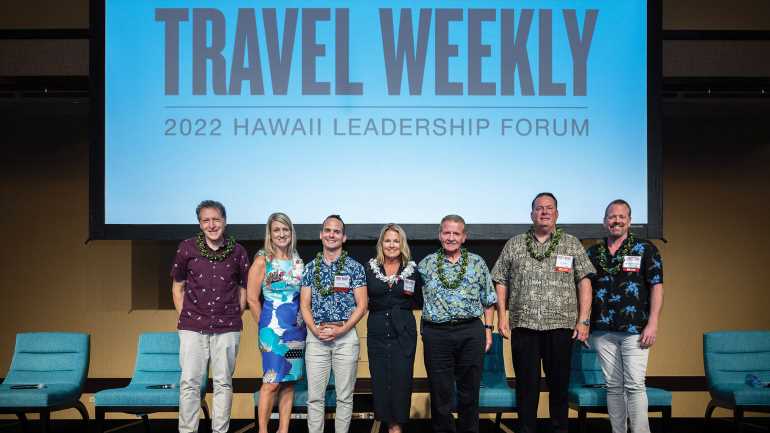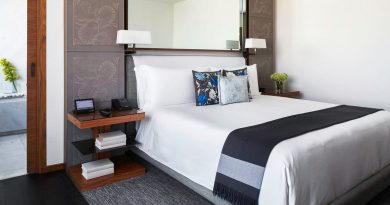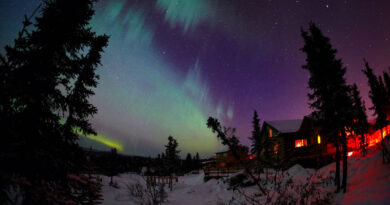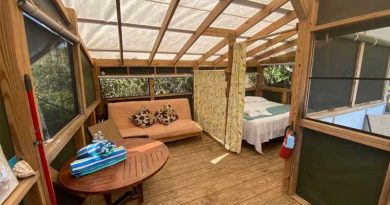Message at Hawaii forum: Don't take the surge for granted: Travel Weekly
HONOLULU — Following a two-year pandemic pause, top-level Hawaii tourism officials gathered again with travel advisors and vacation wholesalers from the mainland at the Travel Weekly Hawaii Leadership Forum for a daylong discussion about the state of the Islands’ largest and most lucrative industry.
And there was one point of strong agreement at the Sheraton Waikiki that day: For the moment, the travel and tourism business in Hawaii is back, and it’s very, very lucrative.
“There’s so much demand that prices don’t matter,” said Jack Richards, CEO of Pleasant Holidays. “We had a person from Mexico spend $76,000 on activities alone in Hawaii. Price is not a problem for us.”
“Hawaii is our second-most recovered domestic destination after Florida,” said Kama Winters, president of Delta Vacations, adding that business is more than 50% above where it was year-to-date in 2019. “A lot of that is built on leisure momentum.”
Louis de Joux, American Airlines’ managing director of leisure and group sales and president of American Airlines Vacations, suggested that the industry recovery is quite broad. “American Airlines has already recovered 80%, and we’re not seeing any drop in that.”
But industry leaders at the forum were well aware that they’re likely benefiting from pent-up demand that’s fueling what was dubbed a “sugar high.”
“I have never seen the percentage increases we’re seeing in my entire career, ever,” said Ray Snisky, group president for Apple Leisure Group. “I think we have to be careful of the most dangerous word in this business, and that’s complacency. Losing momentum is dangerous. I think we’ve really got to be in tune with our numbers.”
Thus far, vacationers seem unfazed by the high prices and hotel tax rates of nearly 18% on some islands. But the revenue is little comfort to some Hawaiians who, following the absence of tourists during the pandemic, aren’t necessarily pleased to see them return, even if they’re willing to spend.
That anti-tourism sentiment — which several panelists noted was not universal — is triggered by Oahu’s high cost of living, an exponential rise in illegal short-term rentals, daily traffic problems and a perceived lack of respect for Hawaiian culture.
Hawaii Tourism Authority CEO John De Fries pointed out that the strict travel restrictions and entry requirements that prevented most people from visiting during the pandemic gave residents a glimpse of life without tourists.
To bridge the divide, Hawaiian tourism officials have put a focus on the Malama Hawaii marketing program, which encourages visitors to “take care of Hawaii” by educating them about sustainability and regenerative tourism, interacting with residents, supporting local businesses and preserving Hawaii’s culture and natural beauty. (The word malama means “to care for.”)
Industry leaders said they are all for the program, provided that an emphasis on malama messaging doesn’t keep travelers from wanting to visit for the more traditional sun, sand and surf experiences.
“This is a beautiful opportunity to add this into the dialogue of every single Hawaii vacation, to actually transmit kuleana (reciprocal responsibility) to those travelers prior to their arrival here,” said John Van den Heuvel, president of Gogo Vacations, who added that it comes down to how the message is communicated.
Source: Read Full Article



